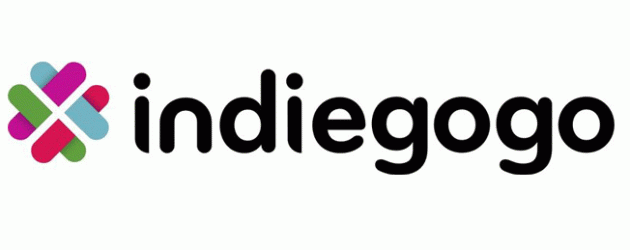In the sharing economy, there is also the
idea of shared money. This comes in the form of crowdfunding, which is defined
as “the practice of funding a project or venture by raising many small amounts
of money from a large number of people, typically via the Internet.” Here, we
can see that it fits into the shared economy as it is collaborative in nature –
many people come together to support the idea and share the cost of it.
Crowdfunding works like this: Companies or
people who have come up with a new idea but do not have enough funds to proceed
with it further, can put their ideas up on crowdfunding websites. Investors or
individuals, who are interested in the idea, can donate or pledge money to
them, allowing these companies with ideas to gain access to funds.
To simplify things, below is a diagram
illustrating the crowdfunding process. In most cases, the usual crowdfunding
follows the same process. However, there are different types of crowdfunding
and step 4 may not be the same in all cases.
(Source:
Crowfunder.co.uk)
Examples of crowdfunding sites and projects:
There are mainly four different types of
crowdfunding methods, which will be shown below:
1)
Rewards Crowdfunding: Different levels of rewards are set for the different levels that
the individuals donate or provide. Usually the rewards corresponds to the
product being developed. This constitutes majority of the crowdfunding projects
at the moment.
2)
Equity Crowdfunding: Exchange of actual shares in a private company for capital.
Entrepreneurs can set cap level for each investor and also approve or deny
investors who wish to see their business documents. Equity crowdfunding is on
the rise after President Obama signed the Jumpstart Our Business Startups
(JOBS) Act in 2012, which relaxed the rules on sale of securities.
3)
Donation Crowdfunding: Donations are given for a particular cause or project, without
expecting anything back in return.
4)
Lending Crowdfunding: Entrepreneurs will raise funds in the form of loans and return it
to the lenders over a specified time and interest rate.
I will be will be
focusing more on rewards crowdfunding as it is the most common form.
Kick Starter was launched in 2009 as an American-based
platform that provides a global crowdfunding platform. It mostly focuses on
creative projects as their mission is to bring creative project to life. Kickstarter
currently the first in the crowdfunding market, with the highest funded project
to date. They operate on the “All or Nothing” approach, meaning that if a
project does not hit their goal, the money will be returned to those who pledge
it.
Indiegogo was founded in 2008 and is based in America
as well. Similar to Kickstarter, it provides a global platform, but it focuses
on a larger range of projects. They aim to help individuals, groups and
non-profits raise money. A key feature of Indiegogo that is different from
Kickstarter is the model that they operate on. Indiegogo operates on the “Keep
It All” model meaning that even if the project is not 100% funded, the person
behind the project gets to keep the money.



No comments:
Post a Comment